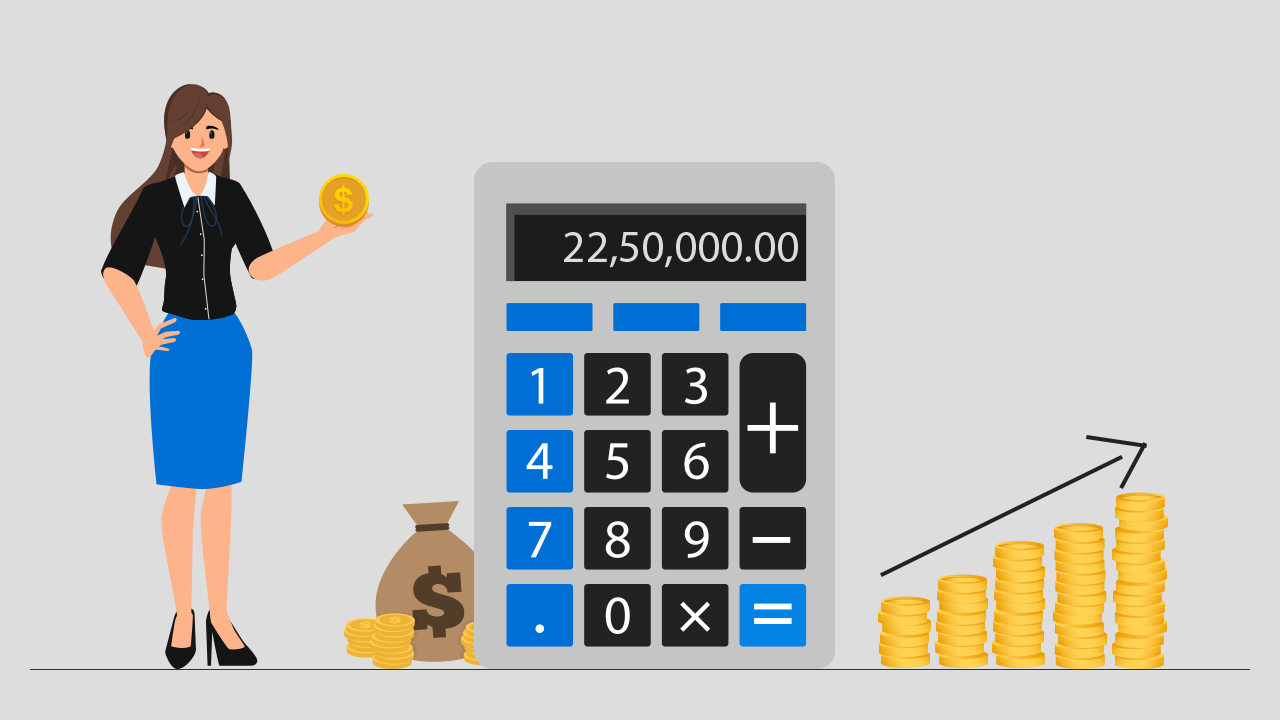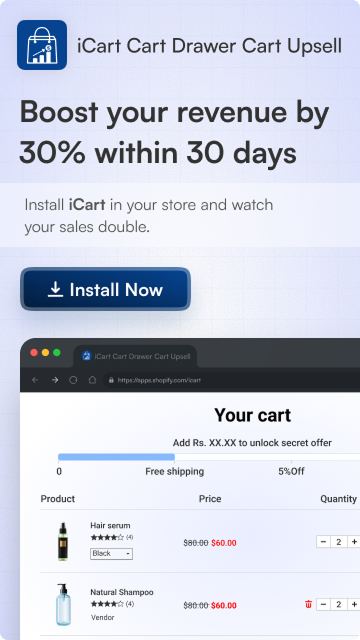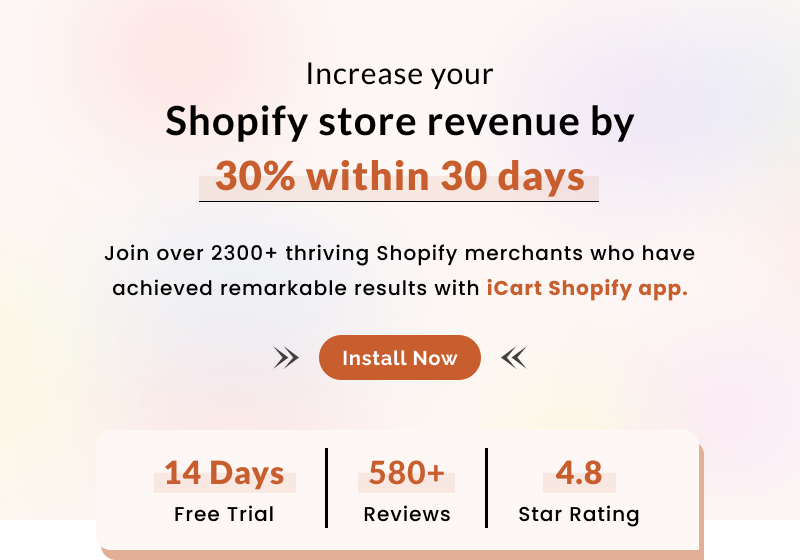Calculating profit correctly is a very fine balancing act, and one small profit calculation mistake can have a very big impact on your Shopify store’s profits.
There are several factors that affect profitability, all of which need to be taken into account. Leave one out, and your e-commerce profit margin could appear higher, which can have a snowball effect on your business’s cash flow and success.
In this guide, we will help you understand what goes into e-commerce profit calculation and what you should do (and avoid doing) to maximize your profits.
The Formula for Calculating Profit
The basic formula for calculating profit is:
Revenue – Expenses = Profit
But it’s not as simple as it seems. Not only do you need to include every relevant factor in this formula, but then comes the different types of profits – gross profit and net profit.
Gross Profit VS Net Profit
What’s the difference between gross profit and net profit and why does it make a difference?
Gross profit is the amount of money or revenue that your business brings in fewer COGs (cost of goods sold). It doesn’t take all expenses into account.
Net profit does factor in all expenses including COGs, taxes, operating expenses and loan repayments, etc. It’s always a good idea to first calculate gross profit and then use that answer to help you calculate net profit.
Now that we know who’s who in the profit zoo, let’s delve into the top 5 do’s and don’ts when calculating profit.
Top 5 Do’s When Calculating Profit
Do track and calculate all costs
Ecommerce platform subscription fee, COGs, shipping costs, tax, marketing costs, payment processing fees, cost of returns are just some of the costs involved in running a Shopify store.
As mentioned, in the battle between gross and net profit, deducting your COGs is simply not enough to determine your true profitability. It’s so easy to leave one of the many costs out – even something that can grossly (pun intended) impact your profits.
Do automate
Why calculate when you can automate?
Typically, a store owner would need to manually track and calculate profits using an excel spreadsheet or Google Sheets, pulling in data from disparate sources. Nowadays, technology can do that for you.
With a Shopify margin markup calculator, such as BeProfit, profit calculation becomes automated, simplified and more effective, with data integrated into one centralized dashboard.
Do analyze everything in one place
There’s no underestimating the benefit of analyzing all your data in one location. Doing so provides a full picture of the story that your data is telling you. An ecommerce analytics dashboard pulls all your store’s information together from many different sources, such as your Shopify store data, marketing ad platforms, shipping profiles, and payment processors and then presents you with intuitive graphs and reports to help you make smart, data-driven decisions.
Do focus on the right metrics
Many e-commerce sellers make the mistake of focusing on the wrong metrics, ones that don’t actually help you become more profitable. The metrics you should be focusing on are those that you can act upon to improve your profitability, the actionable metrics:
Conversion rate – the percentage of visitors to your online store that actually makes a purchase
Customer Acquisition Cost (CAC) – the cost on average to acquire a customer
Average Order Value (AOV) – the amount on average that your customers spend per cart order
Customer Lifetime Value (LTV) – the amount of money that you estimate each customer will spend in your online store over their lifetime
Do be flexible
Running a successful online store requires constant measurement, reevaluation and fluidity – you need to constantly measure return-on-investment (ROI) and performance, and be willing and able to make adjustments based on what’s working and what’s not.
For example, if your analysis reveals that a certain marketing ad platform is not worth the investment, then it’s beneficial to disinvest from that platform and rather hone in on the channels that have the optimal ROI.
Top 5 Don’ts When Calculating Profit
Don’t be afraid of change
If something isn’t working for your business, don’t shy away from abandoning it and exploring new channels.
Don’t rely on excel
There’s no need to agonize over excel spreadsheets when you can use an automated margin markup calculator to do all the profit calculations and analyses for you.
Don’t make assumptions
Never assume. Data is your best friend and since it’s so readily available to e-commerce businesses, make the most of its accessibility, understand the story it’s telling you and act on it.
Don’t compete on price
Instead, compete on value. Once you go down the price-cutting path, you will cut into an already thin ecommerce profit margin and destroy your profitability. Instead, use data to help you understand what your customers value and use that to create your competitive advantage.
Don’t leave out any costs
When calculating profit for your Shopify store, don’t leave out any costs, such as COGs (cost of goods), marketing, shipping, and other costs. Also don’t forget the less obvious costs such as payment processing fees, cost of returns and service subscription costs.
Wrapping Up
So much can go wrong when calculating profit for your Shopify store if you do it on your own, which is why a profit margin calculator not only simplifies the process but also ensures complete accuracy.
About the Guest Blogger
As a performance-driven Content Specialist at Become, Nici Pillemer lives and breathes data analysis, with every piece of content being analyzed for its impact.
Become, as the leading small business funding platform, helps e-commerce sellers grow through data-driven solutions. The company’s BeProfit profit calculator tracks expenses optimize profits and provide intuitive e-commerce analytics for Shopify sellers.










About the author
Nici Pillemer